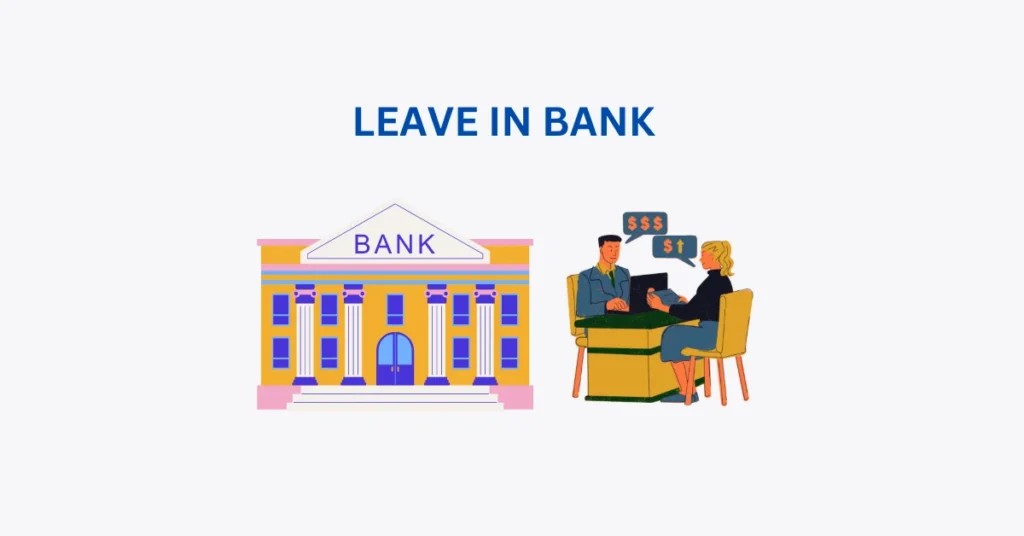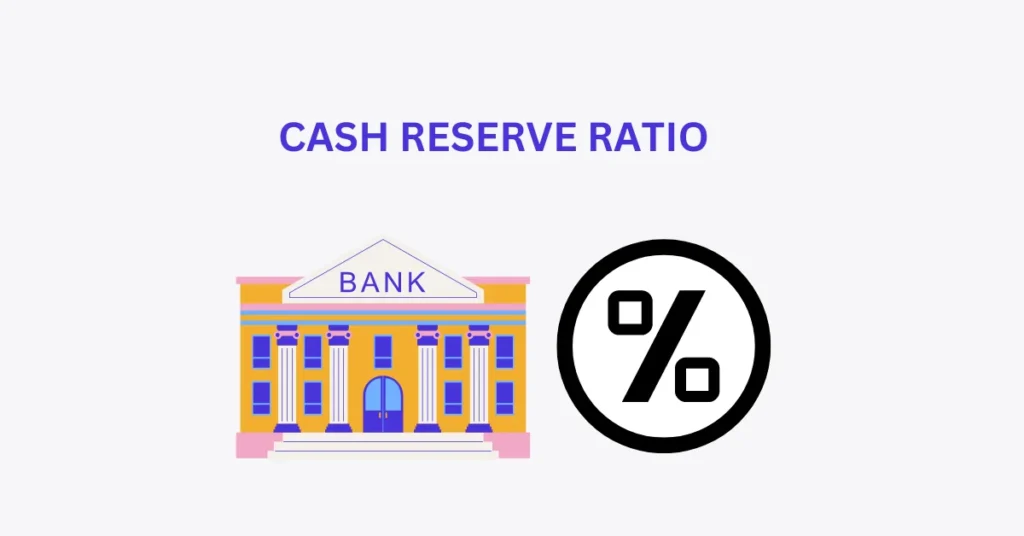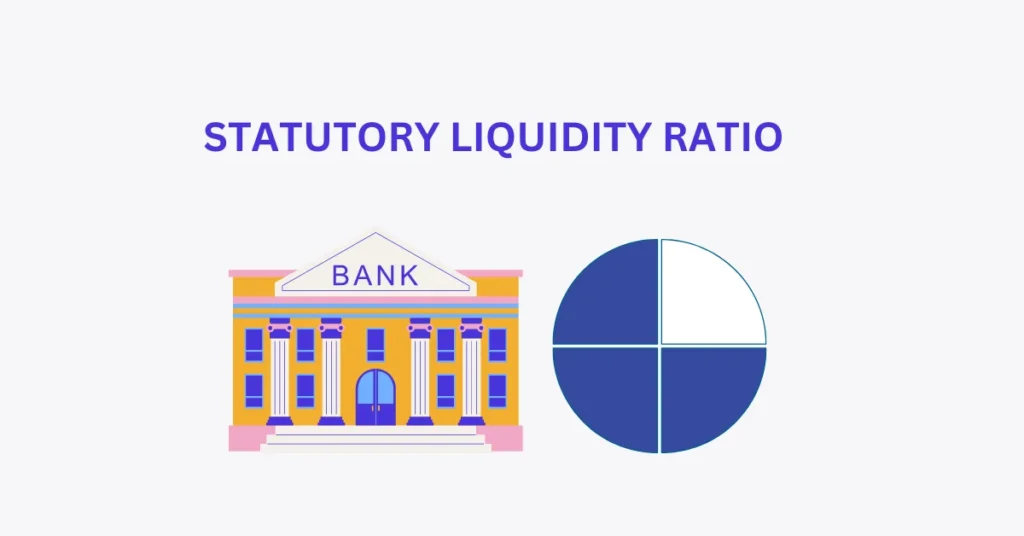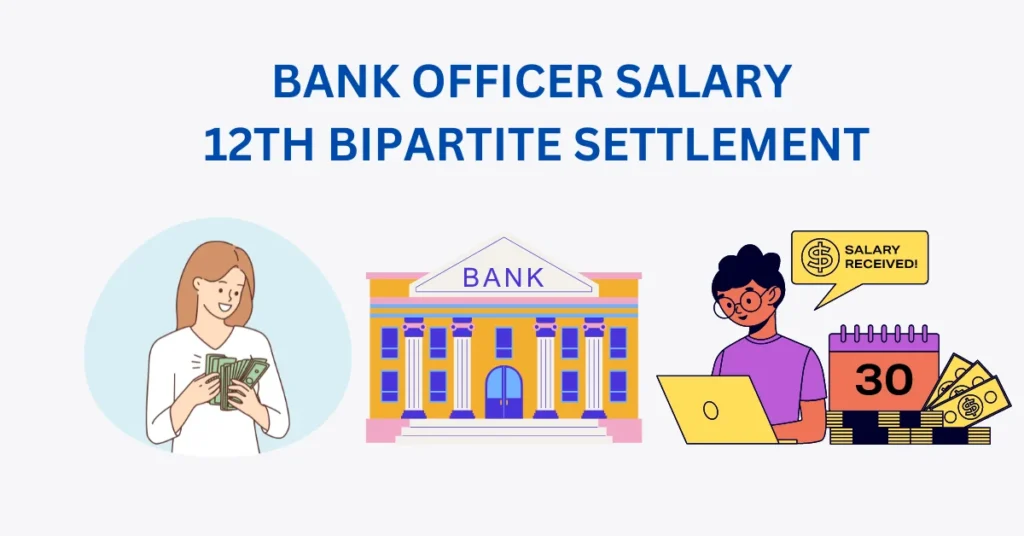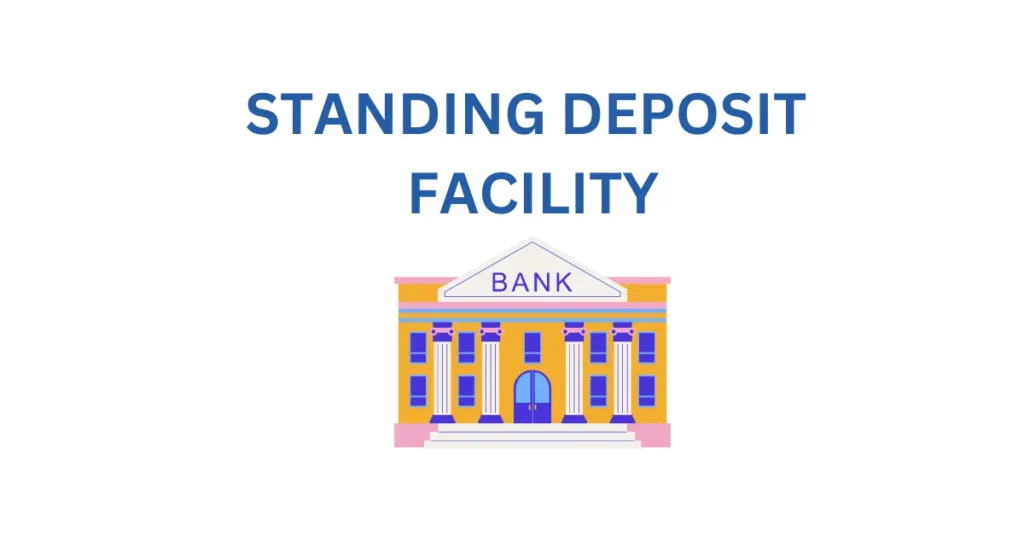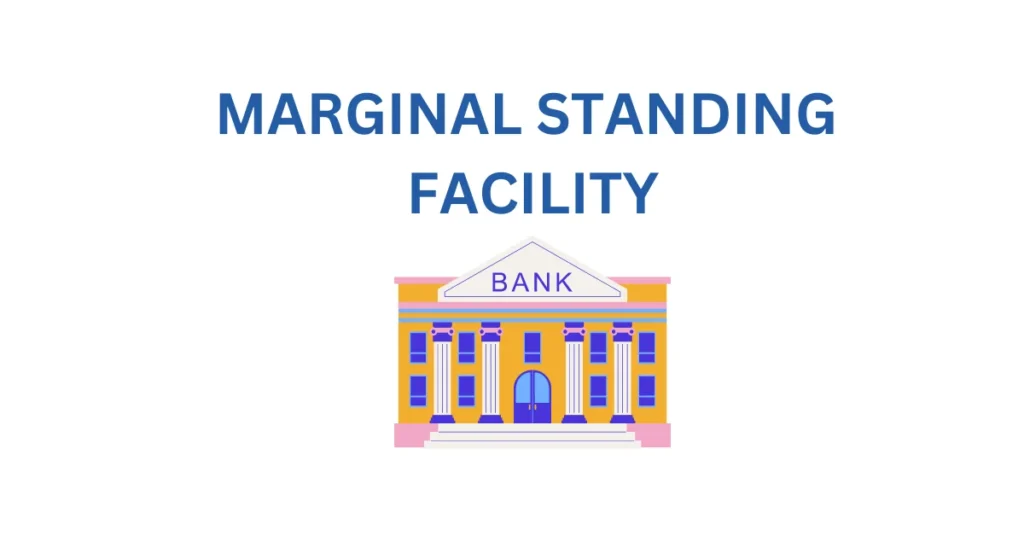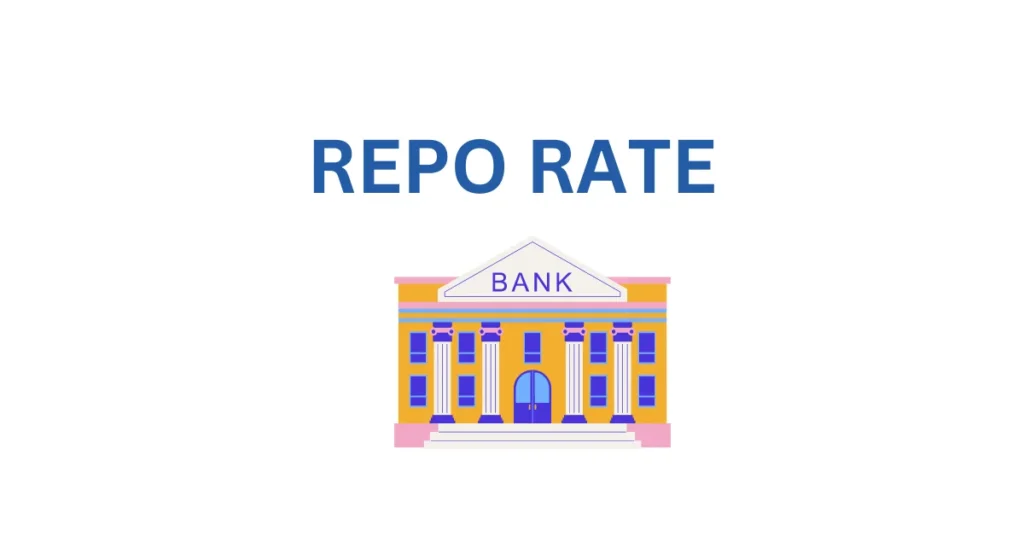closely with state governments, the Reserve Bank of India (RBI), and NABARD to implement this change.
One State One RRB
Revolutionizing Rural Banking by March 2025
The Government is working with key stakeholders and plans to finish the process by the end of the financial year 2025, according to a source familiar with the situation.
The One State One RRB project is moving quickly, and we aim to complete it by the end of this financial year.
It will be implemented in different states at the same time.
We have already involved the states, the Reserve Bank of India, and the National Bank for Agriculture and Rural Development,” said a senior official.
Union finance ministry is planning to merge Regional Rural Banks (RRBs) under the One State One RRB policy to boost efficiency and reduce competition between sponsoring public sector banks.
The “One State, One RRB Policy” is a government initiative aimed at streamlining the operations of Regional Rural Banks (RRBs) by consolidating them into a single entity within each state.
To know more check out
https://bankkumar.com/regional-rural-banks-amalgamation/
RRBs were established to provide banking services in rural areas, catering primarily to farmers, small businesses, and weaker sections of society.
Over time, many states ended up with multiple RRBs, which led to overlapping operations, inefficiencies, and increased administrative costs.
The Government of India, through its Ministry of Finance, has proposed merging certain Regional Rural Banks (RRBs) to streamline their operations.
As per Section 23A of the RRB Act, 1976, the Central Government has the authority to merge two or more RRBs in a state if it serves the public interest, but only after consulting with NABARD, the respective State Government, and the Sponsor Bank.
The initiative aims to enhance the efficiency, technological adoption, and financial stability of RRBs.
The process of merging RRBs began in 2004-05, reducing their number from 196 to 43 by 2020-21.
The current plan seeks to consolidate this number further to 28 RRBs, with the goal of having just one RRB per state.
This proposal follows discussions with NABARD and includes a detailed plan of which RRBs will be merged in each state.
The Ministry has requested Sponsor Banks to review the proposed mergers and provide feedback or consent based on Section 23A of the RRB Act.
This input is essential to advance the “One State One RRB” strategy, aiming for more efficient banking services and cost savings.
Objectives of the ONE STATE ONE RRB Policy:
1. Improving Efficiency:
By merging multiple RRBs in a state into one unified entity, the government seeks to reduce duplication of work and streamline operations.
This will help in better resource allocation, reduce costs, and improve decision-making processes.
2. Strengthening Financial Position:
A larger, unified RRB will have a stronger financial foundation.
This will enhance its ability to lend more, invest in better infrastructure, and provide improved services to rural customers.
3. Better Governance:
A single RRB for each state will simplify the governance structure.
This will lead to improved oversight, faster decision-making, and more effective implementation of policies at the state level.
4. Expanding Reach:
With more consolidated resources, the RRBs can expand their branch networks and improve financial inclusion by reaching more rural customers.
How it Works:
Under the policy, all RRBs in a particular state will be merged into a single entity.
For example:
In the state of Uttar Pradesh, there are currently three RRBs: Aryavart Grameena Bank, Baroda UP Grameena Bank, and Prathama UP Grameena Bank.
These three banks will be merged into one single RRB for the entire state.
After the merger, Uttar Pradesh will have only one Regional Rural Bank responsible for providing banking services to the rural population.
This process of amalgamation will take place across all states with more than one RRB.
Once completed, every state in India will have just one RRB, ensuring uniformity, better governance, and streamlined services.
Expected Benefits:
Cost Efficiency:
By consolidating multiple banks, operational costs will decrease, leading to better financial management.
Enhanced Customer Services:
With improved management and resources, the merged RRBs will be able to offer better customer services, including faster loan disbursals and more tailored financial products.
Greater Focus on Rural Development:
The unified RRB in each state will be able to concentrate more effectively on rural development projects, promoting financial inclusion and boosting local economies.
Overall, the “One State One RRB Policy” is expected to create a more robust and efficient rural banking system, helping to better serve the financial needs of rural communities across India.
What is Happening?
The government is planning to merge 27 Regional Rural Banks (RRBs) from 12 states into 12 larger banks. This is part of a plan made by the Ministry of Finance.
Feedback from Sponsor Banks
The Ministry has asked the main banks that sponsor these RRBs to share their comments about the plan.
What are RRBs?
RRBs are banks that were created in 1975 to help people in villages and farmers get loans easily. They were started with a law called the Regional Rural Banks Act, 1976.
Who Owns RRBs?
RRBs are owned by:
Government of India: 50%
State Governments: 15%
Sponsor Banks (usually public sector banks): 35%
States with Merging RRBs
The states affected include:
Andhra Pradesh (4 RRBs)
Uttar Pradesh and West Bengal (3 RRBs each)
Bihar, Gujarat, Jammu & Kashmir, Karnataka, Madhya Pradesh, Maharashtra, Odisha, and Rajasthan (2 RRBs each)
For Telangana, the process is more complex because it involves dividing assets and liabilities between Andhra Pradesh and Telangana banks.
Why Merge RRBs?
Merging helps to:
1. Save costs.
2. Use technology better.
3. Increase the amount of money RRBs can lend.
4. Make RRBs stronger.
This merging process started in 2004-05. Since then, the number of RRBs has reduced from 196 to 43 by 2021.
Rules for Merging
The RRB with the biggest business in each state will become the main bank after merging.
The sponsor bank with the largest network will sponsor the new, merged bank.
The new name will follow this format: State Name + “Gramin Bank” (in the local language).
RRBs in Numbers (as of March 2023)
Branches: 21,995
Deposit Accounts: 30.6 crore
Loan Accounts: 2.9 crore
Deposits: ₹6,08,509 crore
Loans Given: ₹3,86,951 crore
Investments: ₹3,13,401 crore
By merging, the government hopes RRBs will become stronger and serve more people better.
